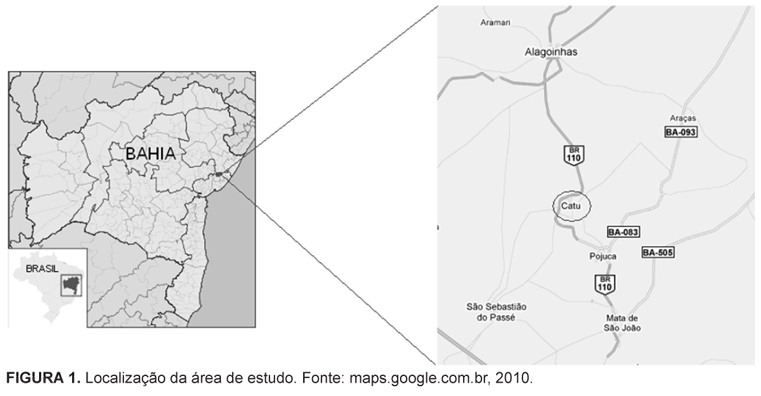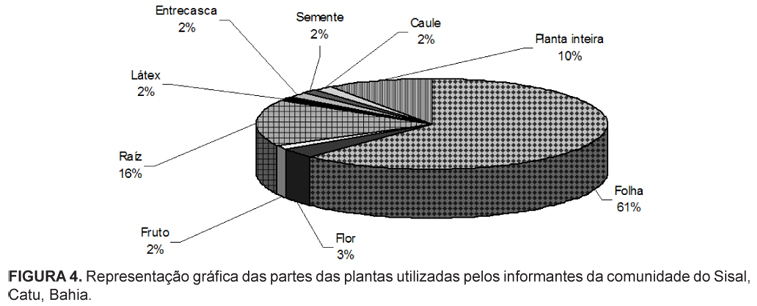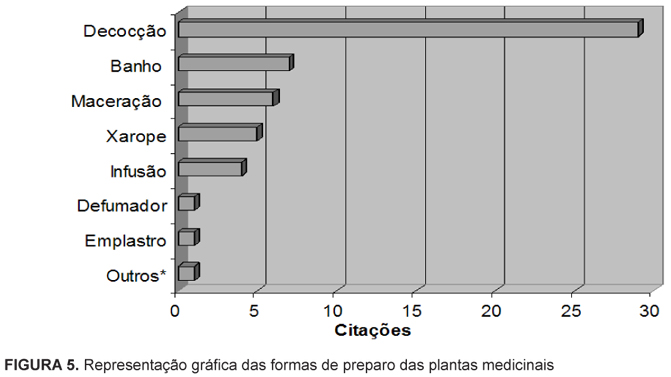The use of medicinal plants is instinctive in animals, since some of these seek roots, bark, leaves or fruits in an attempt to cure their diseases. Man, in turn, learned to use this information on the use of these plants empirically. Folk medicine is an important alternative, probably the most used to cure diseases by indigenous peoples, Afro-descendants and rural populations. Ethnobotany, in turn, undertakes to study and interpret the relationship of men with the plant world. Because of its great biological and cultural potential, Brazil has a wealth of traditional knowledge and important plant species, what makes this country a great source of research in the area. To evaluate the traditional knowledge of the rural population of Sisal, city of Catu, state of Bahia, Brazil, related to use of medicinal plants, this work began in July 2009, consisting of semi-structured and structured interviews, recordings, photographs, collection of botanical material indicated in the interviews with informants, treatment of the collected material and incorporation into the Herbarium of the University of Bahia (HUNEB). We identified and collected 54 species in 46 genera and 28 families, being Asteraceae and Lamiacaeae the most representative. Most plants are herbs grown in the backyards of the residents. The study revealed that the community has a very rich folk medicine, with a great diversity of plant species and uses by the population.
Ethnobotany; traditional knowledge; medicinal plants; folk medicine






